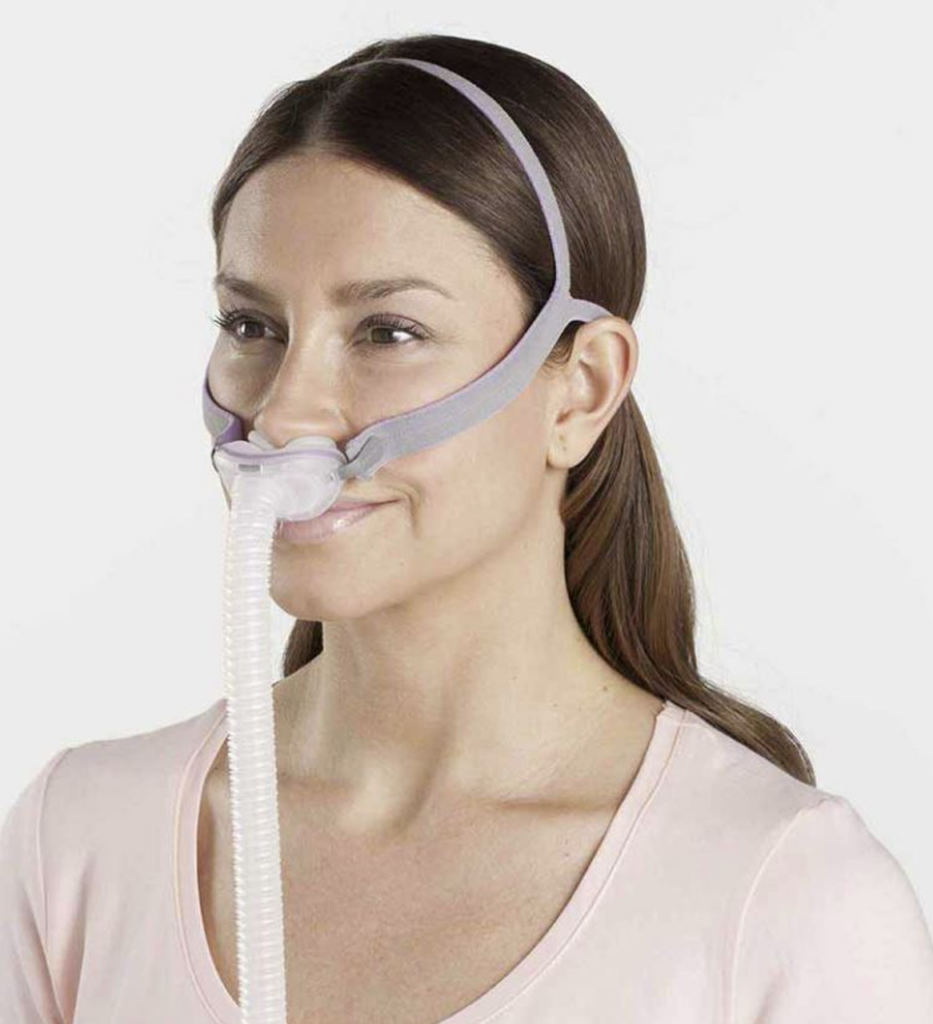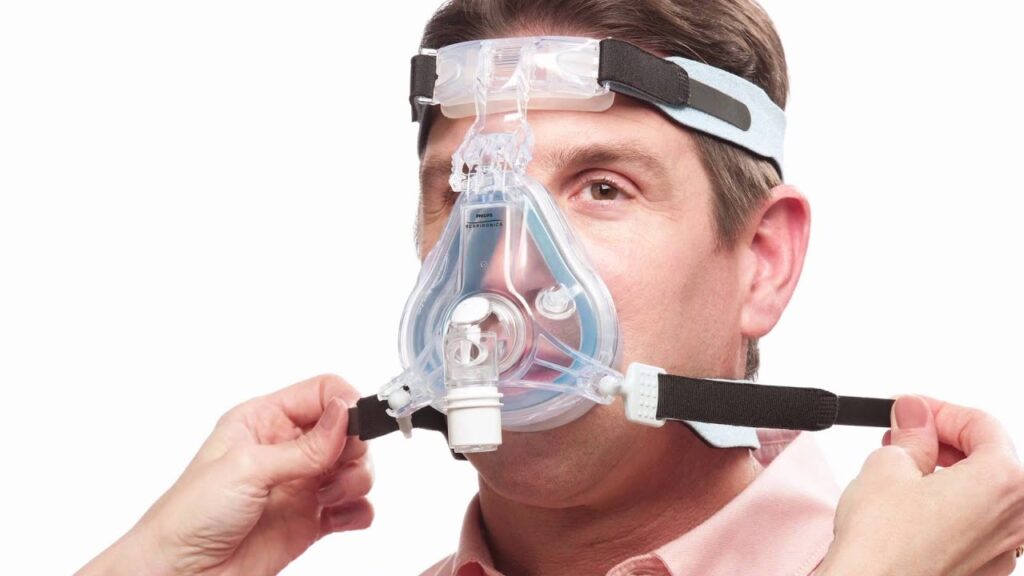If you or a loved one suffers obstructive sleep apnea, the mask you choose for Continuous Positive Airway Pressure (CPAP) therapy is unquestionably important (OSA). Since it acts as the link between you and your CPAP machine, the CPAP masks needs to be as comfortable as possible, maintain a strong seal over your nose or mouth, and be easy to clean.
For several reasons, the CPAP masks must fit correctly. For instance, the patient’s food and lifestyle (including if they are currently losing weight), the size and shape of their face, and the bone structure of their face.
Which sleeping position does the patient prefer? Has the patient ever had a beard or other facial hair? What about nosebleeds? modified septum? Here are only a few examples of the factors that must be considered.
In addition to these factors, the sheer number of products available today makes it challenging to sort through them all to find the best CPAP masks for you. This is especially true if you have just been diagnosed with sleep apnea and are receiving your first CPAP therapy. Don’t worry; the perfect CPAP masks is out there. Read on to find out where to search.
3 basic CPAP masks designs
There are three main kinds of masks, although there are hundreds of other mask and accessory combinations that may be utilized to meet the needs of certain people with sleep apnea. The mask cushion, headpiece, and frame are the three basic components shared by the bulk of them. Let’s examine each of the three major groups in turn.

CPAP full-face mask
The mask with the largest surface area will be used first: the full face mask. In contrast to the other two forms, it is meant to cover the mouth and nose from the nasal bridge to just below the bottom lip. It is held in place by a headpiece.
While some CPAP users claim that the size of a full face mask makes them feel claustrophobic, others think it makes their experience more enjoyable. You can breathe through your mouth or sleep with your mouth open without worrying about acquiring dry mouth. Modern versions are much slimmer than traditional face masks and provide a clear field of vision.
If you can relate to any of the following:
- You need higher air pressure settings
- Mouth breathers, back sleepers, those with deviated septa or other sinus obstruction, individuals unable to utilize a chin strap, and individuals who sleep with their mouths open.
Back and certain side sleepers may wear full face CPAP masks without worrying about the bedding and pillows obstructing the seal.
If you have facial hair, it may be difficult to get a good seal with a full-face mask. The next two options are more compact, smaller, and have less contact area as a consequence.
CPAP Nasal Mask
A nasal mask rests on the nose’s bridge and seals. People who loathe the feeling of direct airflow into their nostrils that a nasal cushion mask delivers and who find that wearing a full face mask makes them feel claustrophobic are great admirers of nasal masks.

If you mouth breathe at night, an inexpensive chin strap to keep your mouth closed can be the answer you need to make a nasal mask work for you.
If you:
- Can comfortably sleep on your back or side
- Only breathe through your nose, or can wear a chin strap if you find yourself mouth breathing
Nasal CPAP masks may be helpful for you if you:
- Don’t enjoy the more direct pressure that a nasal cushion mask gives
- Don’t commonly encounter nasal congestion.
Nasal masks may be challenging for some people because they may leave red stains on the bridge of the nose where they rest. However, experimenting with different sizes and altering the headpiece could help (just so you know, we have fit packs available for this purpose!).
For those who have trouble breathing through their nostrils, need higher pressures, often have nasal congestion, have a deviated septum, or have nasal injuries that obstruct the nasal passageways, they may not be successful.
Nasal pillow mask for CPAP
Let’s now discuss nasal pillow CPAP masks, also referred to as nasal cushion masks. Those who desire a thin, minimal-contact mask like this mask since it has the least surface area.
The mask’s two silicone pillows or cushions are inserted into the nostrils; the device rests on the upper lip and drives air directly into the nasal passages.

This kind of sleep apnea mask lessens the possibility of air leakage since the seal is created at the nose rather than over a larger area.
If you can relate to any of the following:
- You usually flip over in bed
- You lie on your stomach or your side
You prefer wearing a chin strap; you only sometimes have nasal congestion; you only breathe through your nose; you have facial hair or a beard; and you find that other masks make you feel claustrophobic.
If you need high pressure, often have allergies or sinus blockages, or breathe through your mouth while you sleep, a full face mask could be a better choice.
Personalized Masks
Although the three most popular best CPAP masks designs have been covered, there are more masks available for special circumstances.
Air can only enter the mouth and not the nose while using oral CPAP masks. An oral mask could be helpful for those who have trouble breathing via their nose because of blockage or congestion.
Full-face CPAP masks do exactly what it says on the pack; it covers the lips, nose, and eyes in addition to the rest of the face. Although it takes up the most room, it aids in reducing claustrophobia in people who experience discomfort from concentrated air pressure around their lips or nose. It’s a great option for those whose facial characteristics make it difficult to find a mask that fits properly.
It has the same sort of cushions that go in the nostrils and covers the mouth while sealing under the nose. Hybrid CPAP masks effectively combines a full-face mask with a nasal pillow mask. People who sometimes breathe through their lips but don’t like chin straps or want to have their nasal bridge exposed should choose this kind of mask.
Nasal prong CPAP masks, which are similar to a nasal pillow mask, contains two prongs that are inserted into the nostrils and inflated to create a tight seal. They are positioned a little bit deeper than nasal pillows while being lighter and seeming smaller. They are not suitable for you if you need high pressure.
